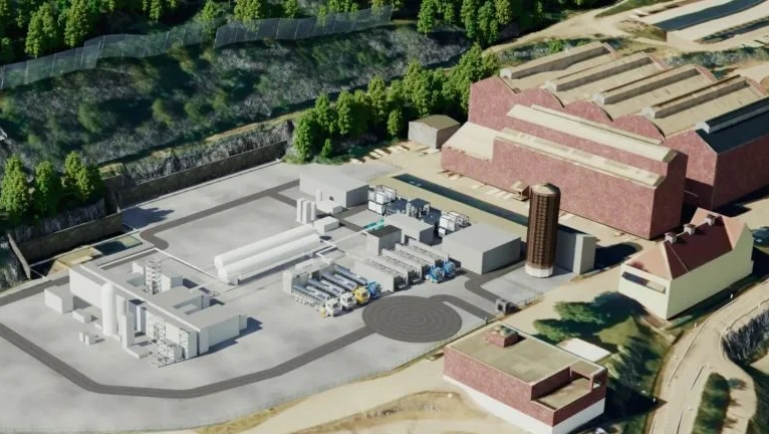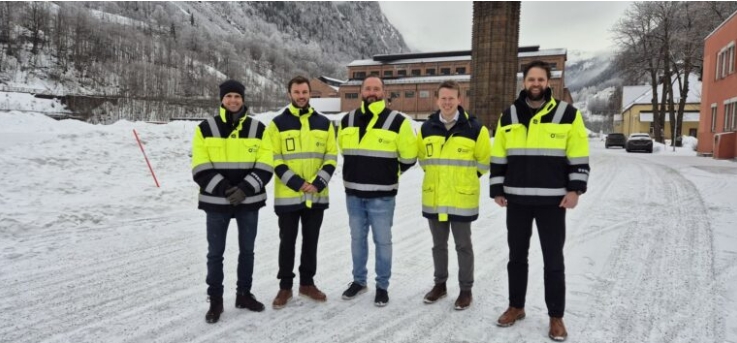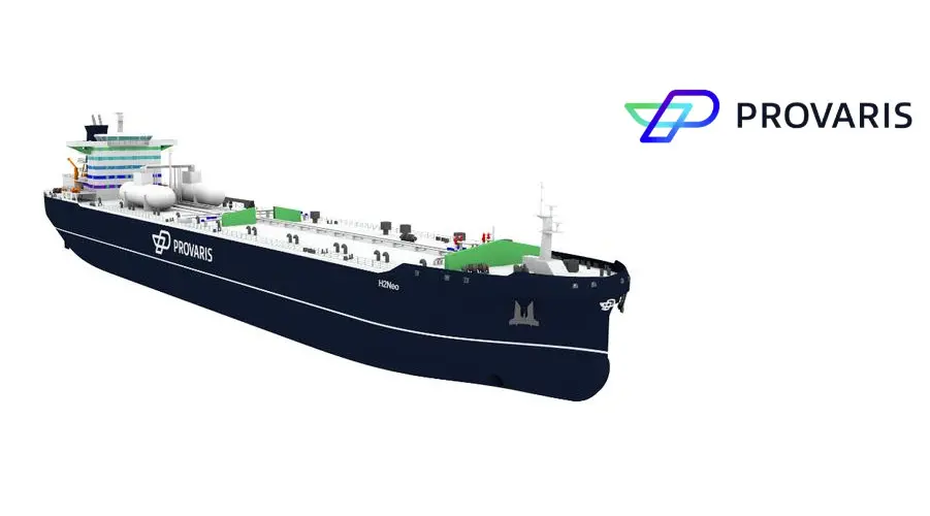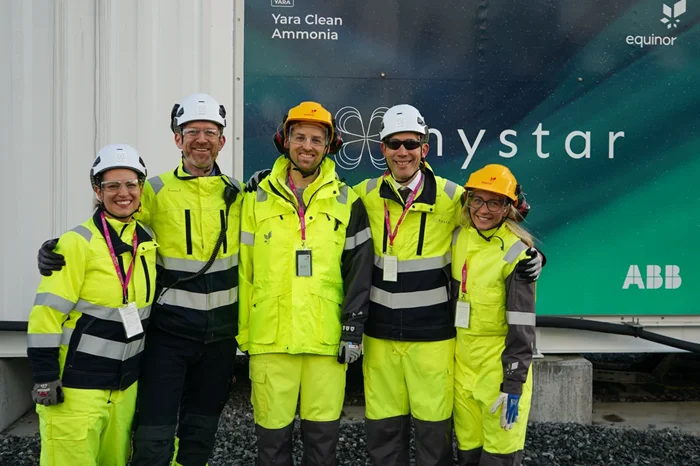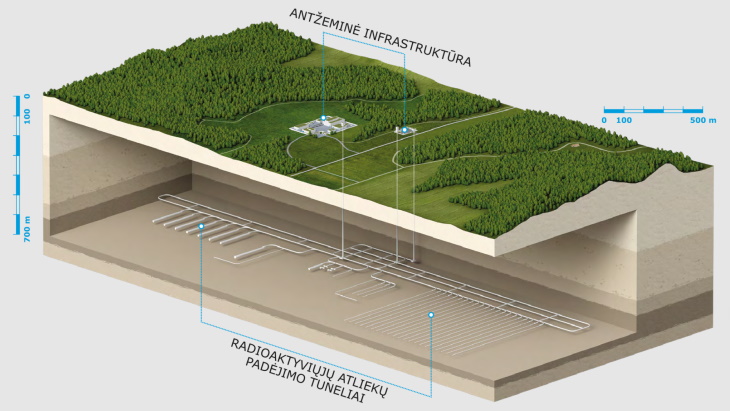
Lithuania's Development Programme for the Management of Nuclear Facilities and Radioactive Waste 2021-2030, proposes that long-lived radioactive waste in the country will be stored in interim storage facilities until the end of their operational period when there will be final disposal in a geological disposal facility (GDF). The repository - a specially engineered structure several hundred metres underground - is expected to be constructed and commissioned in 2068. Lithuania's radioactive waste and used fuel comes from the Ignalina plant, which stopped operating in 2009, as well as from medicine, industry and research.
Currently, used nuclear fuel and long-lived radioactive waste are stored in temporary above-ground repositories, which are designed to last at least 50 years. At the end of the term of operation of the storage facilities, the finally processed long-lived radioactive waste will have to be transferred to a deep repository.
The initial phase of the project is currently underway - research for the selection of a deep disposal site.
To select a site for a deep repository, all potential areas are evaluated according to the three criteria of general requirements established by the International Atomic Energy Agency: long-term safety; technical suitability and operational safety; socio-economic, political and environmental circumstances.
An original 110 possible locations for the facility were identified. However, after the evaluation of the results of independent studies, it was found that according to the set of unsuitability (rejection) criteria 33 sites should be rejected. It was determined that 31 locations do not meet the criteria for the presence of groundwater, mineral deposits, and helium anomalies that determine GDF stability. Two sites were also rejected based on socio-economic criteria (based on territorial planning and environmental criteria). To date, 77 potential locations have been identified in 29 Lithuanian municipalities.
In March of this year, a public consultation was held in Vilnius, during which the project, the potential locations of the deep landfill and the installation stages were presented to the representatives of the municipalities, and the questions raised by the participants were answered.
"Only after comprehensive and detailed studies, assessing geological, geophysical and seismic data from deep boreholes, and public consultation, is it envisaged that a final site for the deep repository will be selected," said Ignalina NPP, which is responsible for developing the facility.
The research programme for the site selection of the deep landfill is expected to be completed by 2047. It is tentatively planned that the repository will be built in 2058-2067, operated in 2068-2074, and closed in 2075-2079.
The concept for the Lithuanian GDF was developed by Posiva Solutions Oy, a subsidiary of Finnish waste management company Posiva, under a contract signed in early 2022. Posiva is jointly owned by Finnish nuclear power companies and has developed that country's geological disposal facility at Olkiluoto. The repository is expected to begin operations in the mid-2020s, becoming the first of its kind in the world.
A GDF comprises a network of highly-engineered underground vaults and tunnels built to permanently dispose of higher activity radioactive waste so that no harmful levels of radiation ever reach the surface environment. Countries such as Finland, Sweden, France, Canada, the UK and the USA are also pursuing this option.
Two large RBMK reactors at the Ignalina nuclear power plant provided 70% of Lithuania's electricity until their closure in 2004 and 2009 as a condition of the country joining the European Union. The power plant is being decommissioned by Ignalina NPP, which has removed fuel from the reactors and placed it into dry casks for interim storage at the site. The decommissioning process is due to last until 2038.

